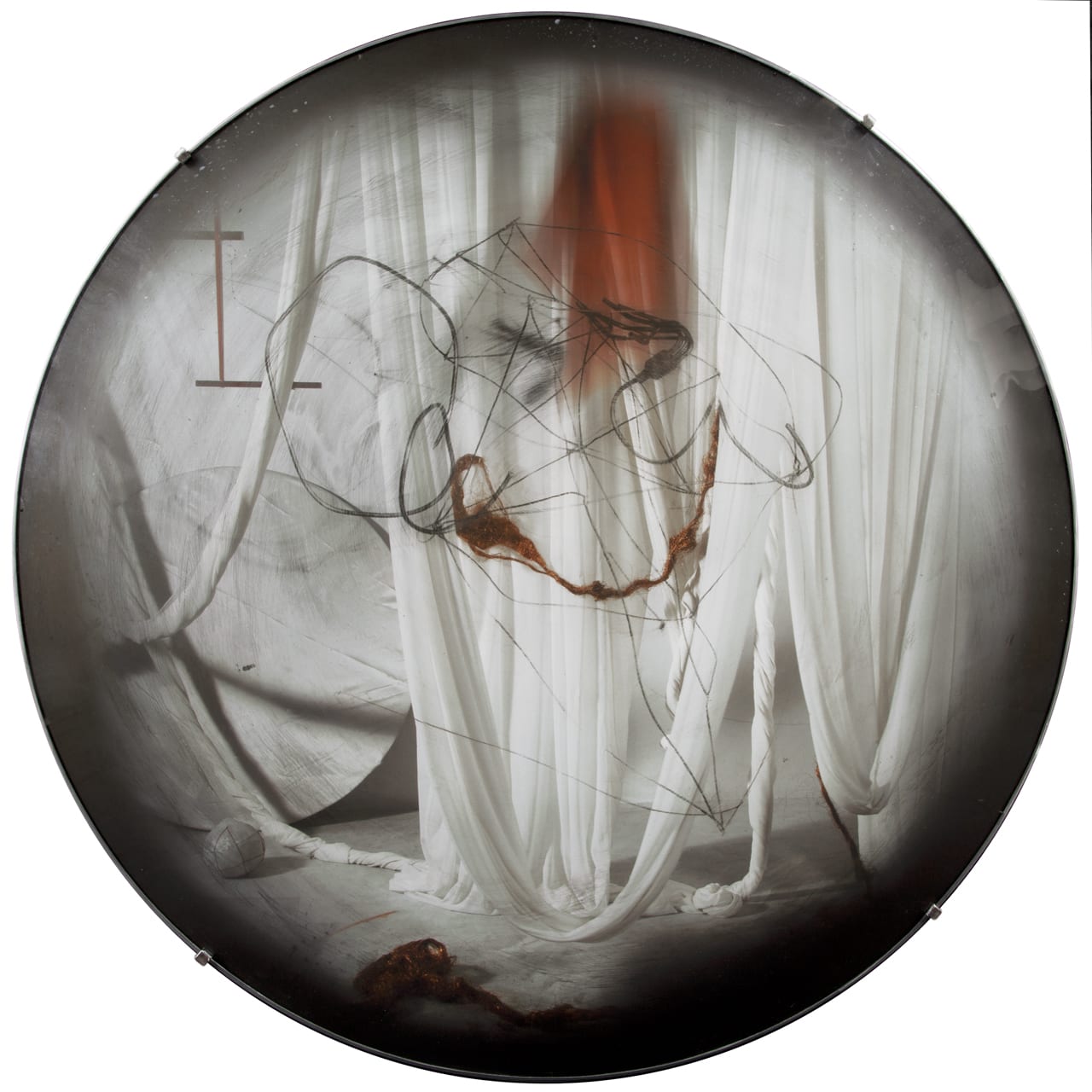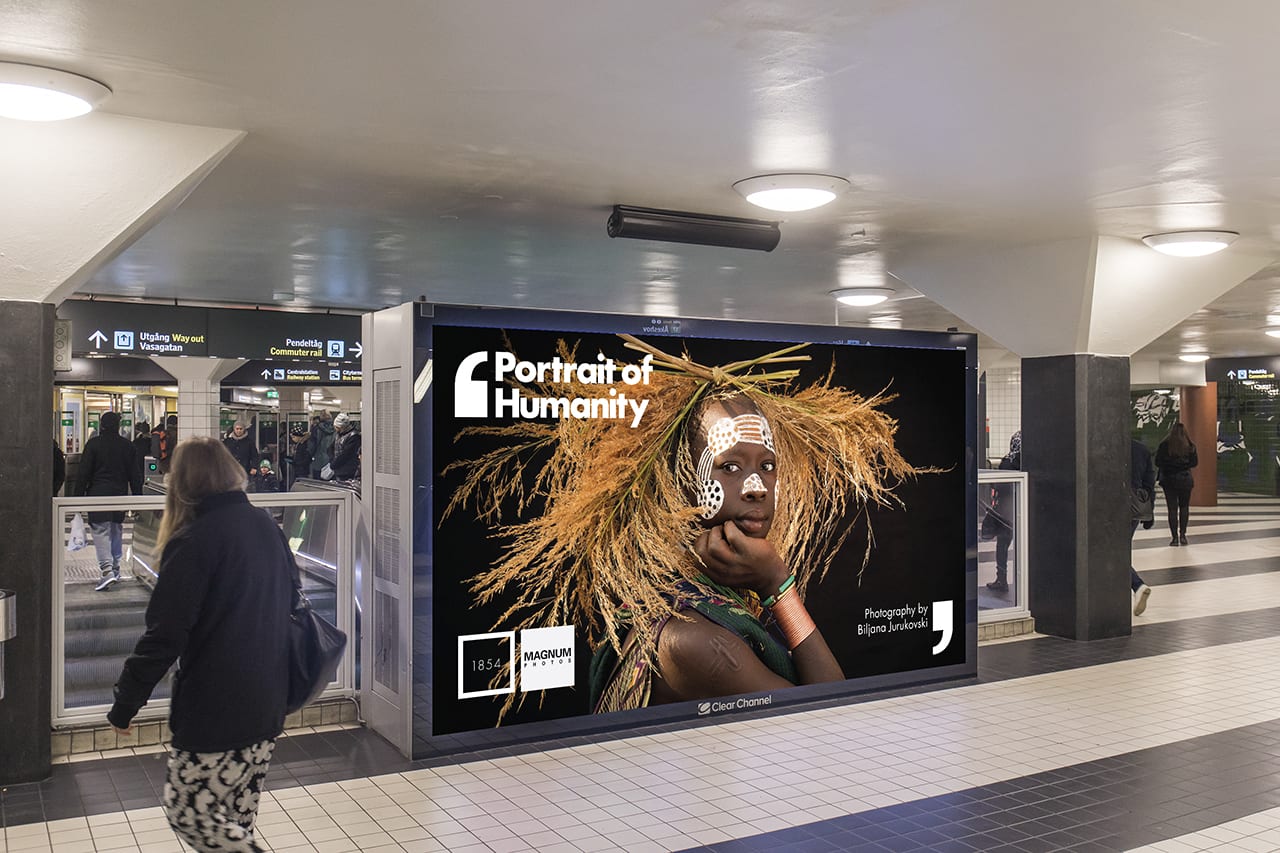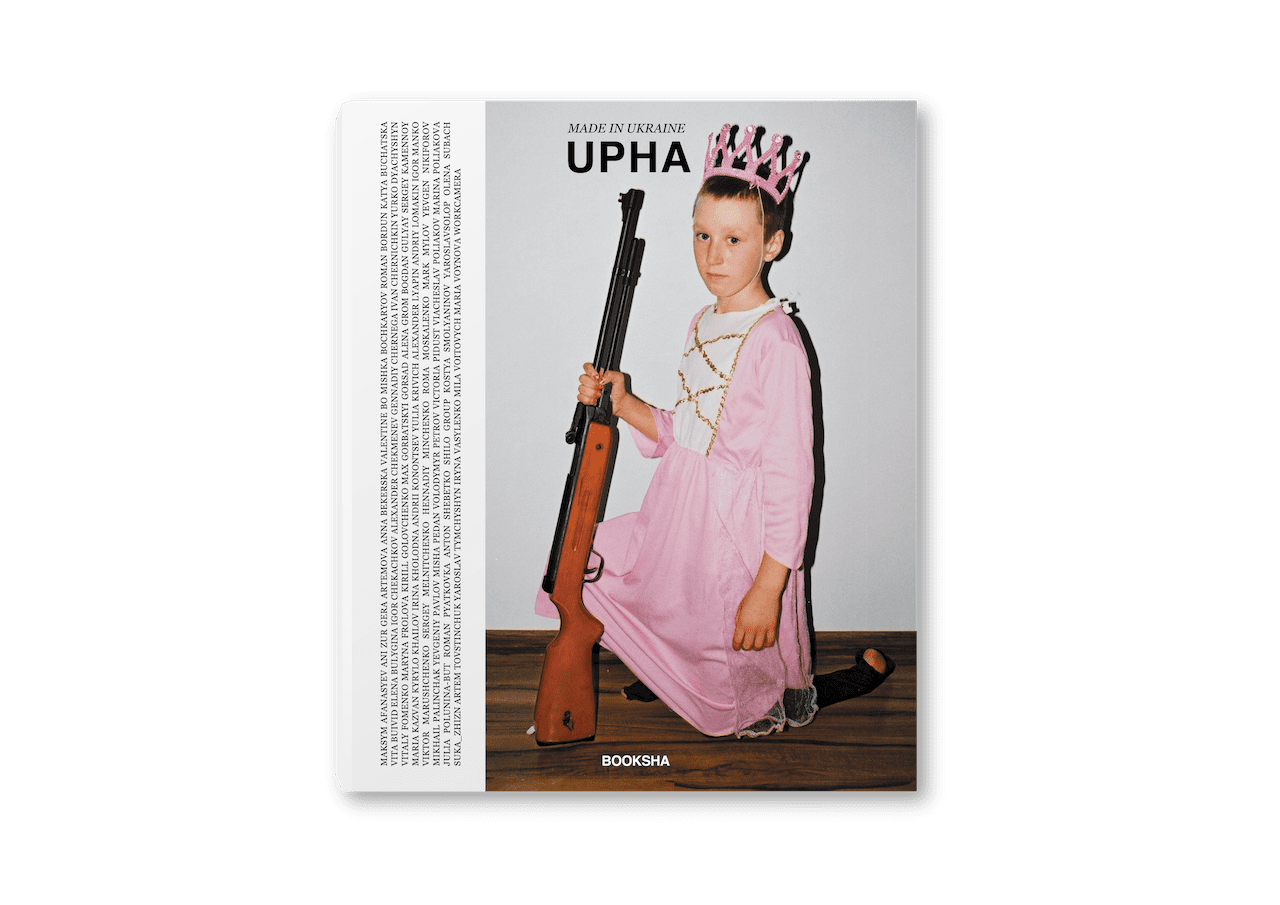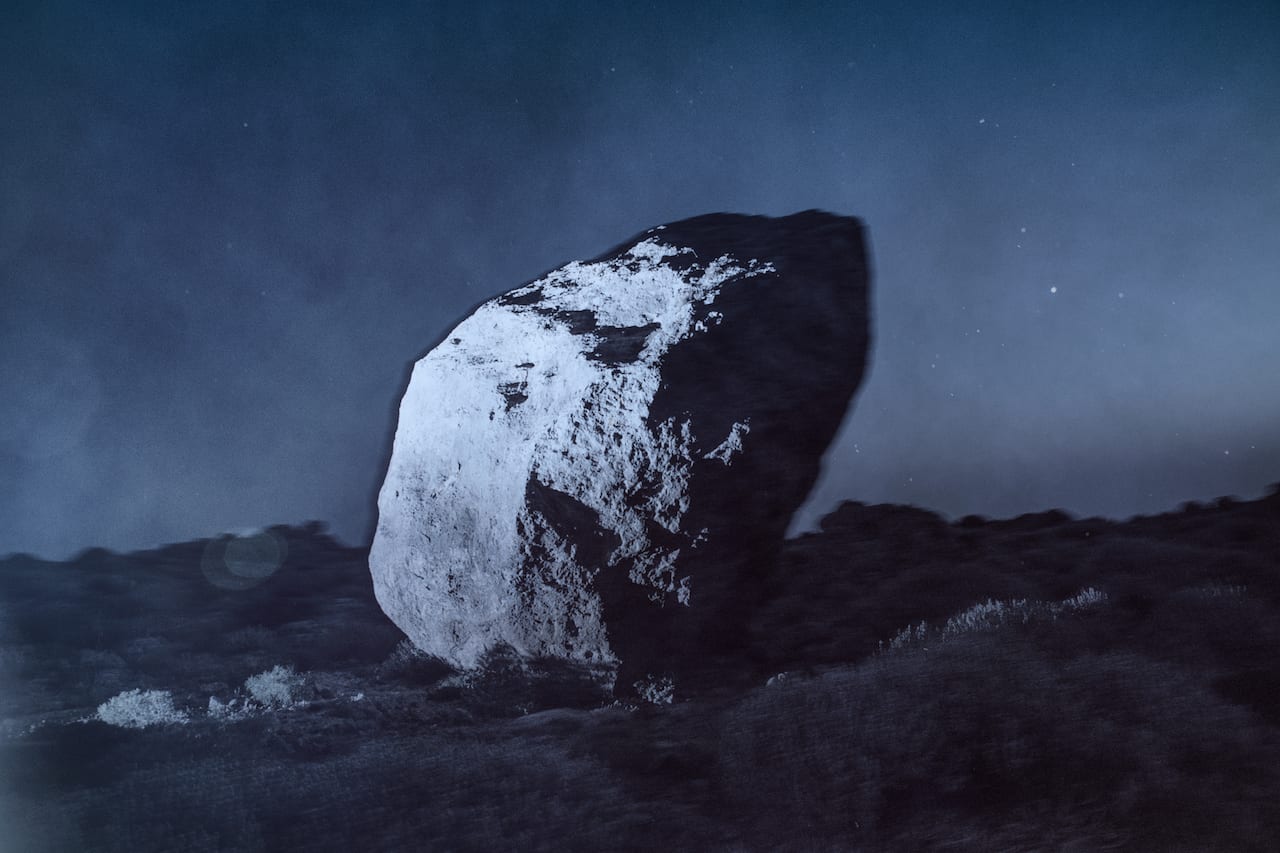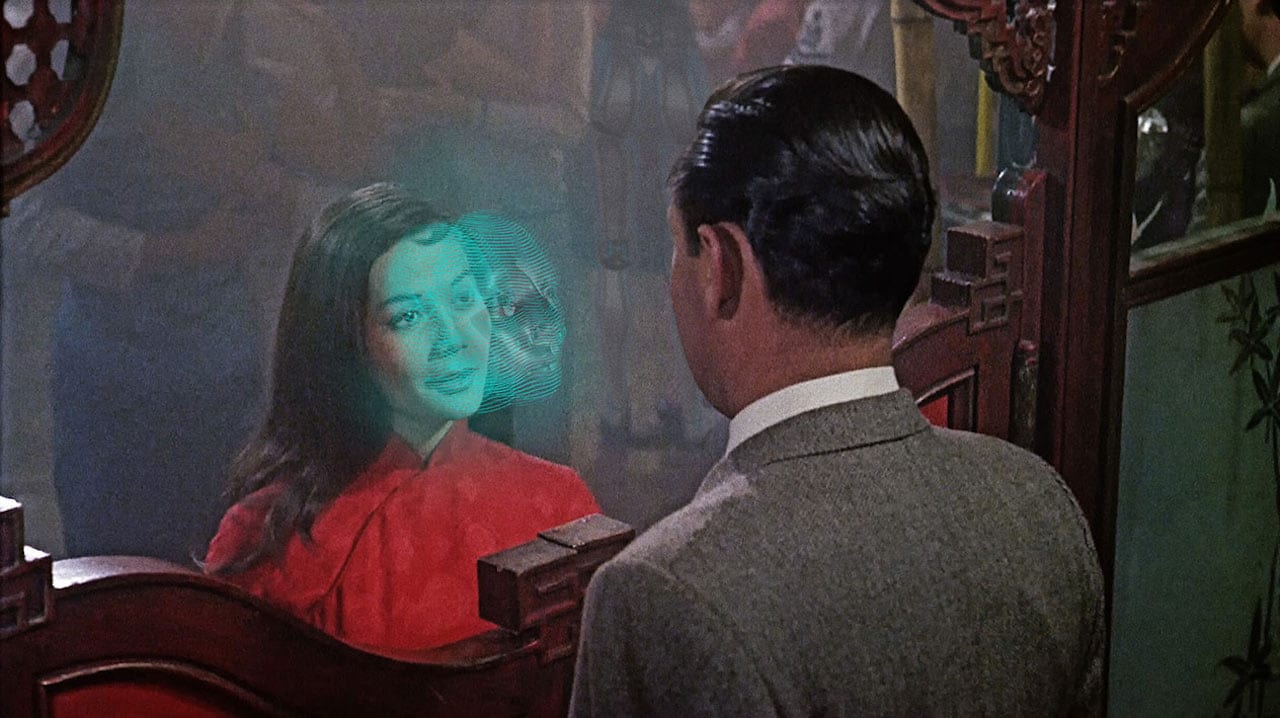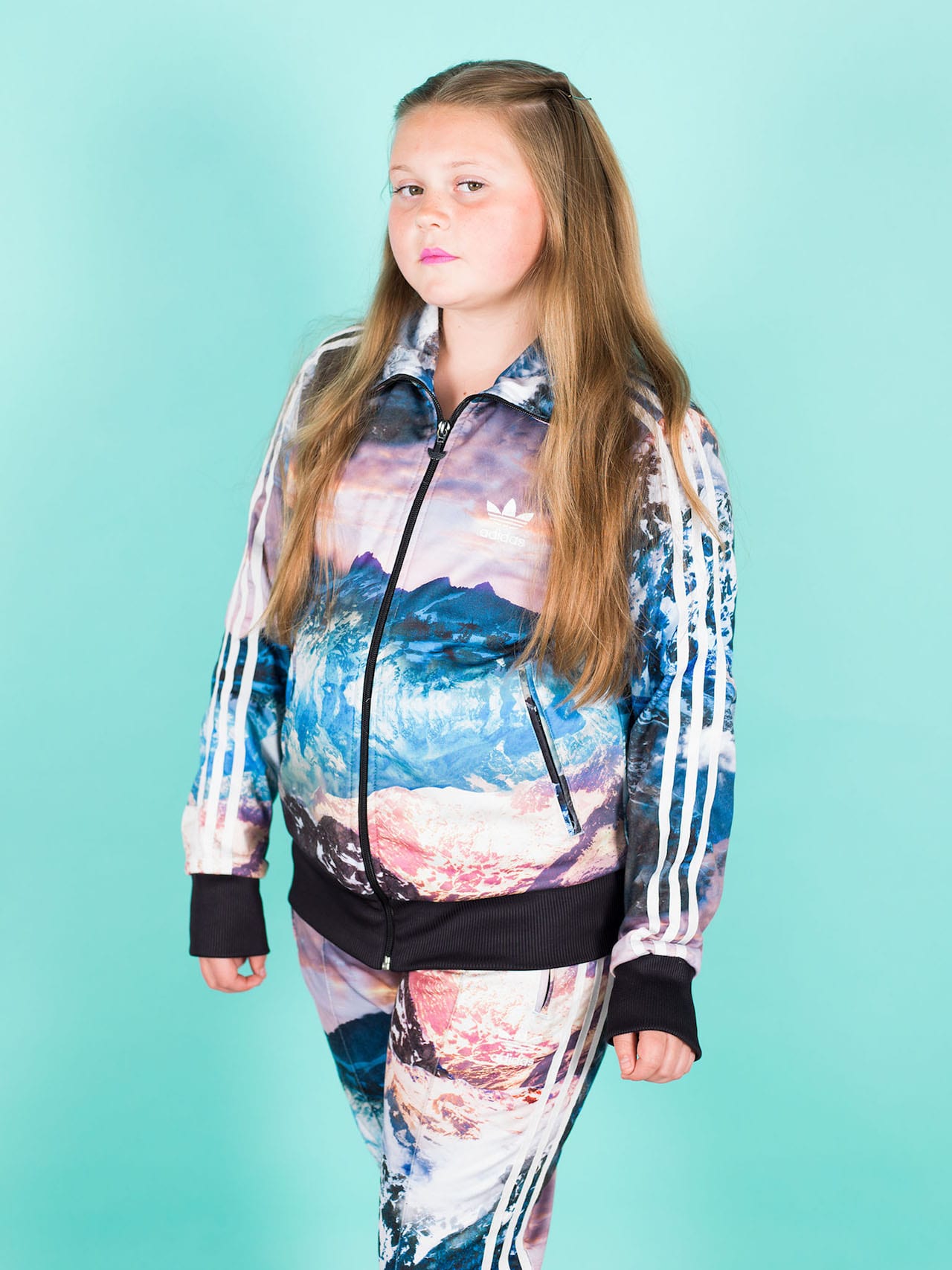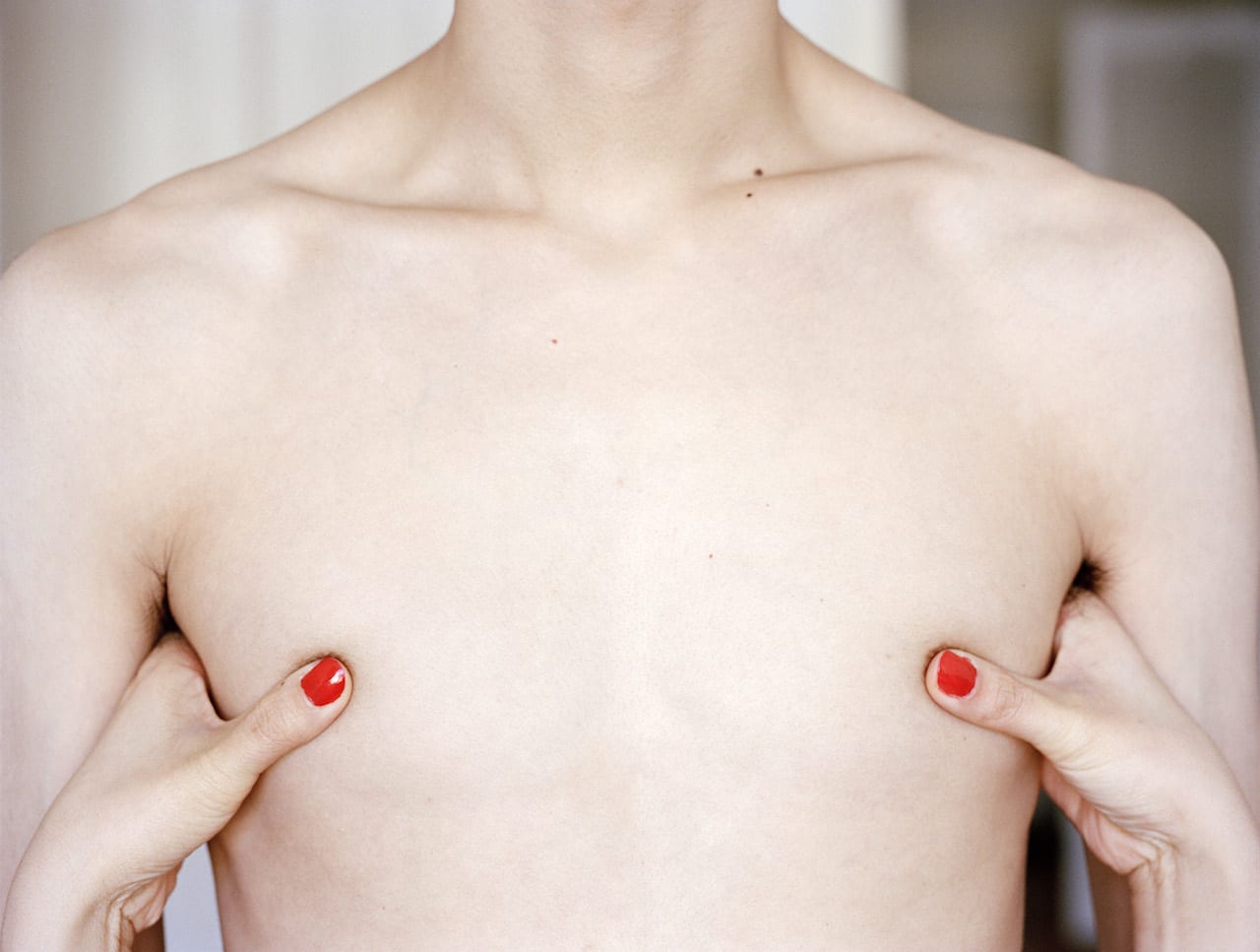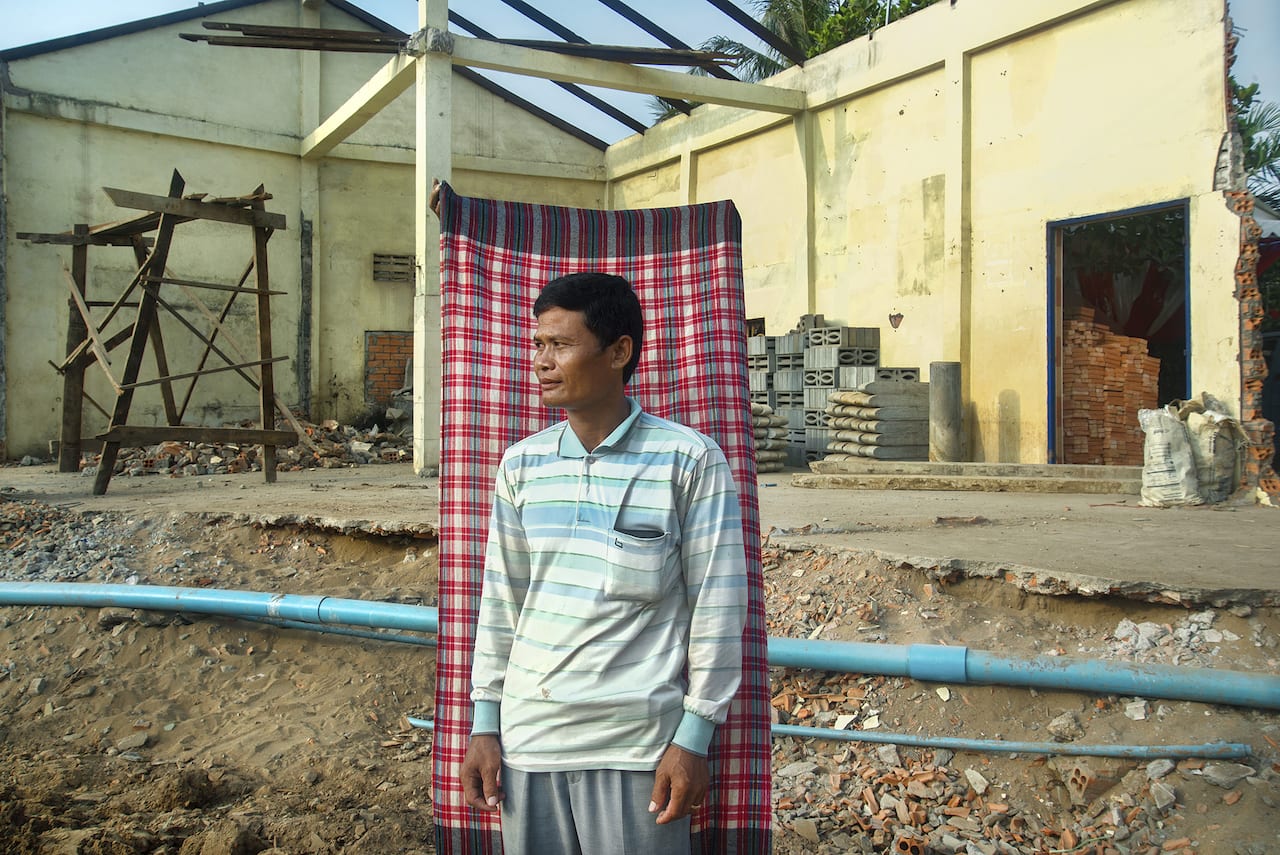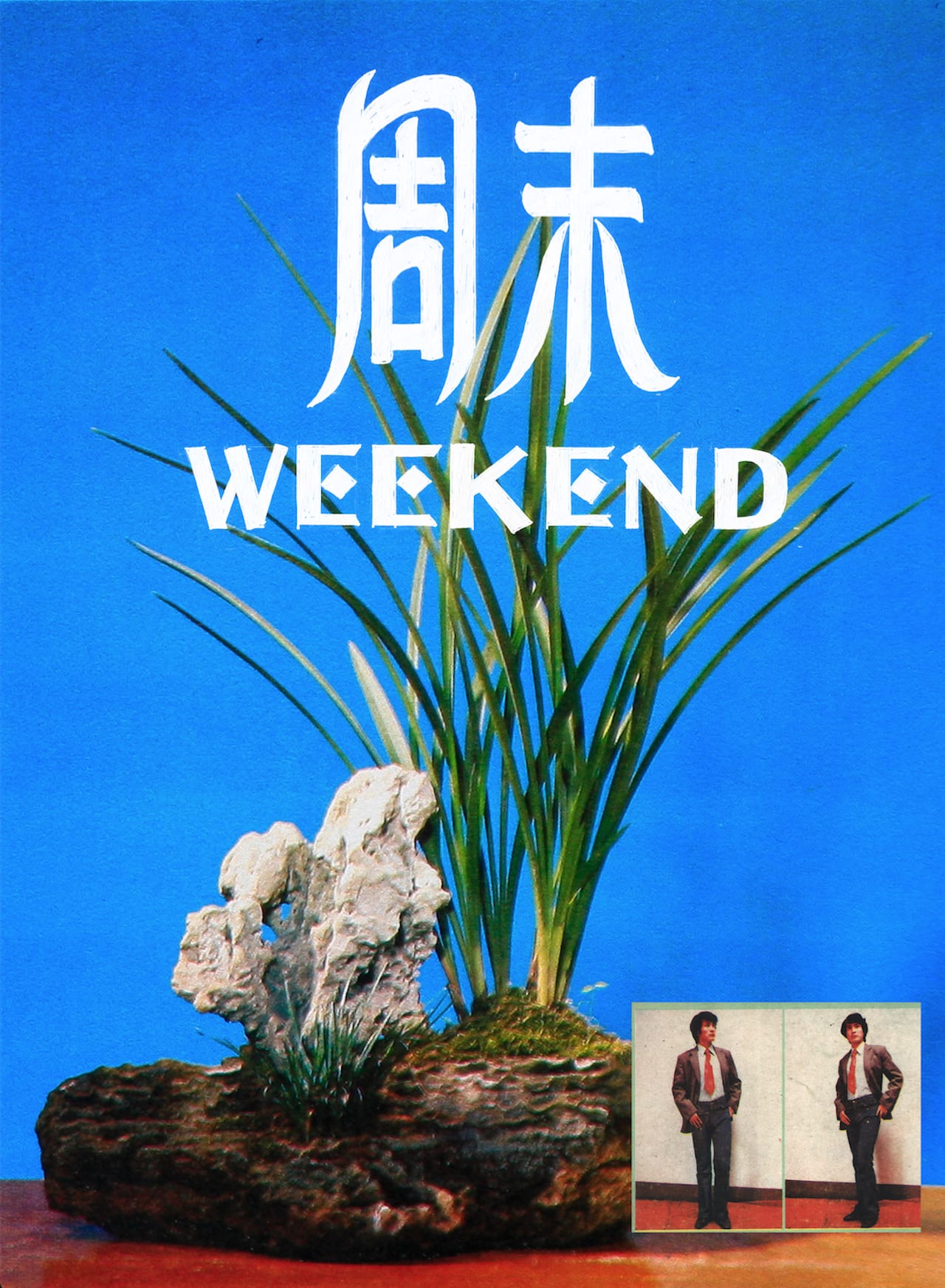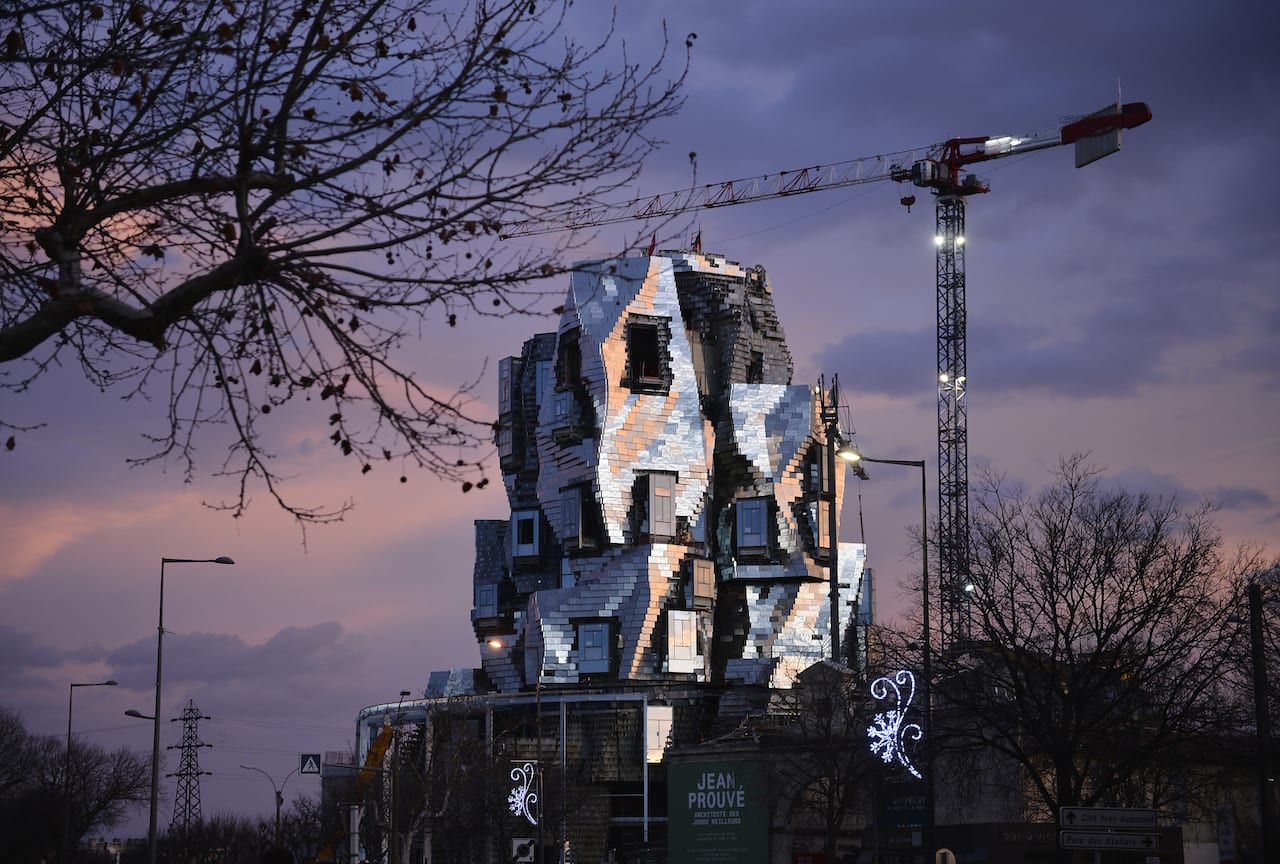Born in Poland, educated in Switzerland, resident in Caracas, Venezuela from 1975-83, and now living in Paris, Gabriela Morawetz is a truly global citizen and artist, who has exhibited in galleries and museums across North and South America and Europe, including the Chicago Cultural Center, the Gallery of Modern Art in Lodz, Poland, The Recanaty Foundation Museum in Israel, and the Museo de Arte Contemporaneo in Caracas.
Even so, she creates her own worlds in her photography, microcosms in which most of the elements are literally made by her. Her latest show, Unwägbarkeiten / Imponderables, features a series of images using painting, canvas, glass, metal, and reflections, drawing on her background in painting, sculpture, and engraving, which she studied at the Academy of Fine Arts in Krakow before moving into photography.

